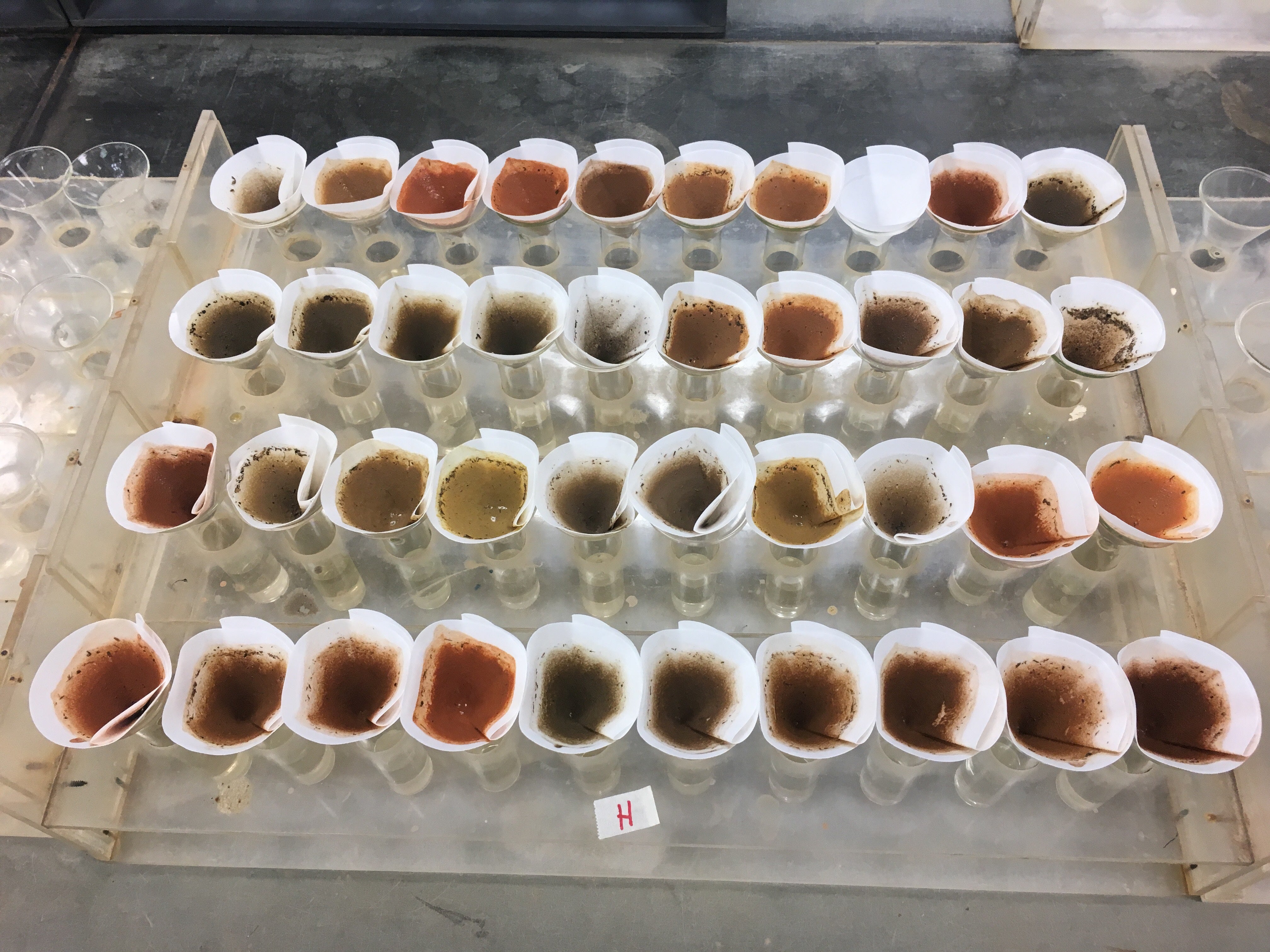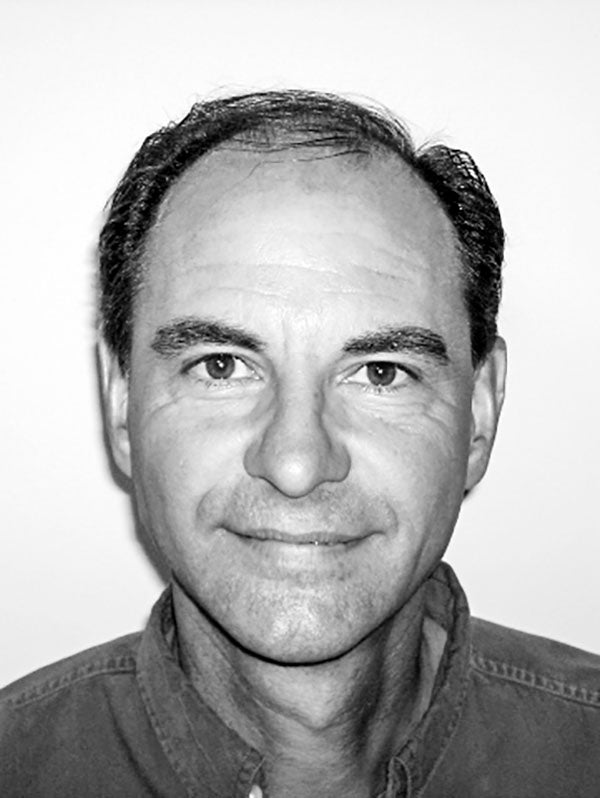“Where Does the Soil Go: Soil Sampling?”
Published 10:14 am Wednesday, November 1, 2017
By Joshua Grant
UGA Extension Ag Agent – Crisp County
You dig into the earth 4-6in with a shovel, shake soil into a designated sample paper bag and drop it off at your local UGA Extension office to have various parameters assessed. It’s easy to let the intermediate between sample drop-off and obtaining results slip our understanding. Though some wonder: where does the soil go and how is it analyzed for nitrogen, phosphorus, potassium, pH and etc.
Wonder no more, among stacked pallets of sandy sample bags and towering electronic instruments are the diligent technicians of the UGA Soil, Plant, and Water (SPW) Lab in Athens GA. If you ask the Program Coordinator, Dr. Jason Lessl, about all this dirt he’ll say: “Ah, it’s not dirt but soil. Dirt does nothing but soil is a ‘living’ part of the ecosystem.” It preforms service to our home gardens and farmland by sustaining our plants. Thus it is extremely important to get it tested. UGA recommends sampling soil for crops every year and every 2-3 years for lawns/pastures. The SPW lab processes approximately 70,000 soil samples a year and though submissions usually drop in the fall, you can get a sample tested at any time. Once obtained by your Extension office the bagged soil travels via UPS, Fed Ex or postal service to Athens; within 1-2 days.
Soils are grouped into sets of 36, filling a stackable pallet, and dried for 12 hours in walk-in ovens set to 110°F. The next day the soil is crushed by masked technicians using motor-operated grinders which pass the samples through screens with 2mm openings. It gets a bit dusty in the grinder room. After which the samples are run through a sieve to separate the larger particles like mulch and roots. The homogenized samples now undergo a bit of wet chemistry as 4mL of soil becomes mixed with 20mL of Mehlich solution. Being soil suspended in solution these wet samples are then poured over filter paper to separate the solid from the liquid (like making coffee). Lastly, the liquid is run through a large machine that uses plasma “beams” to read minerals and other elements. After just 20 seconds the information is transmitted to an electronic database used to generate the digital reports. Completed reports are then sent back to the Extension offices for distribution to our clients.
Unused soil is stored at the lab for 3-6months after that; well…it’s time to dig a hole.



